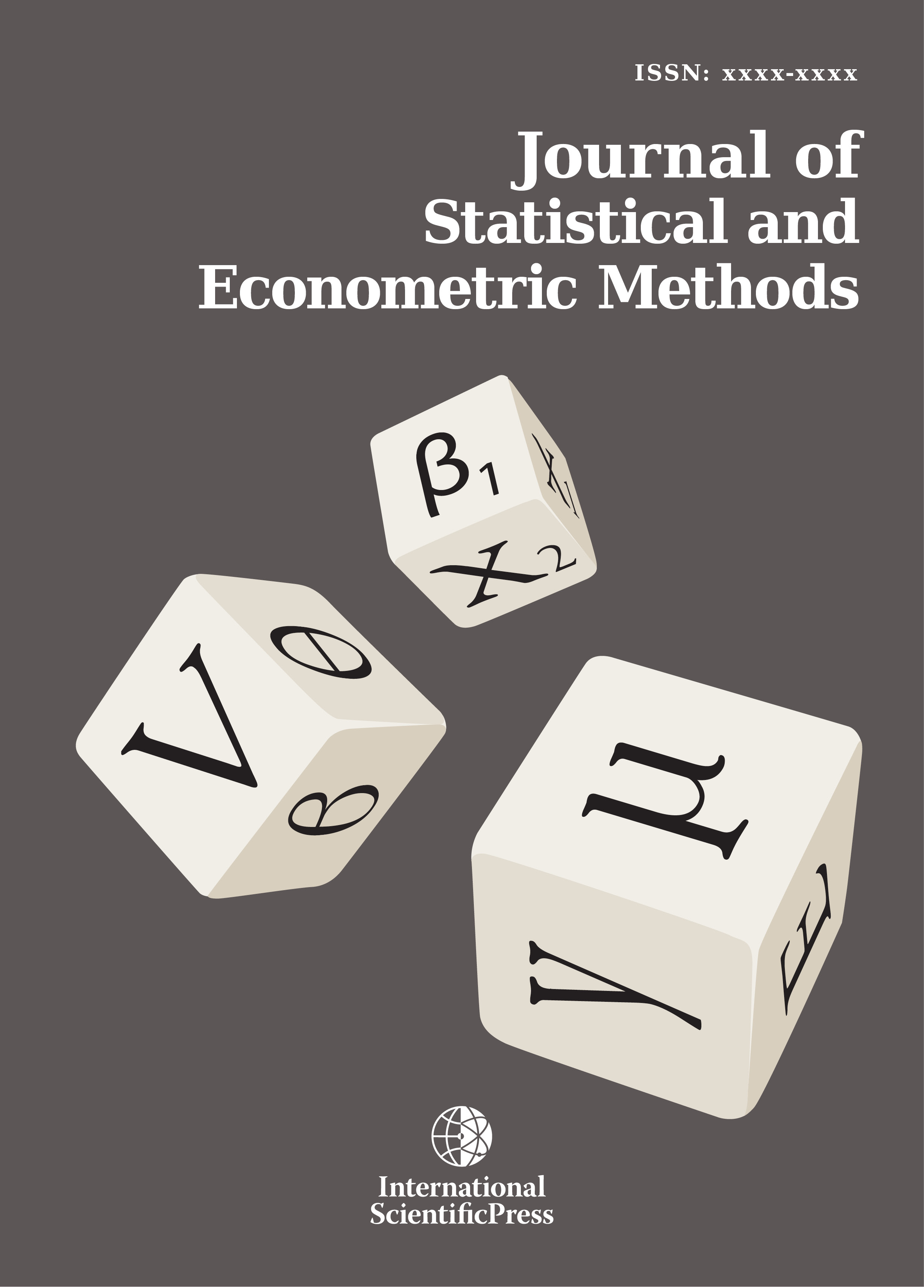Journal of Statistical and Econometric Methods
Maternal Mortality in Ghana: An Econometric Analysis
-
 [ Download ]
[ Download ]
- Times downloaded: 11337
Abstract
Sub-Saharan Africa has the highest ratio of maternal deaths in the world. Despite some progress, it is uncertain if Ghana (like other sub-Saharan countries) can reduce, by three-quarters, the maternal mortality ratio (MMR) by the year 2015 Therefore, the primary purpose of this study was to determine the predictors of MMR in Ghana. The study utilized data from the Demographic and Health Survey (DHS) reports on Ghana from 2002 to 2009. The variables used from the survey reports included: MMR (response variable), Doctor Population Ratio (DPR), Nurse Population Ratio (NPR), Antenatal Coverage (ANC), Postnatal Coverage (PNC), Skilled Delivery (SKD) and Family Planning Acceptors (FPA). Data were analyzed using descriptive and inferential statistics. Line graphs were used to describe MMR trends. Two Panel Data Econometric models, the Pooled Ordinary Least Squares (Pooled OLS) and the Least Squares Dummy Variable (LSDV) regressions, were used to analyze the data. MMR declined by 16.93% from 2002 to 2005. It increased by 35.57% from 2005 to 2007; then declined again by 26.15% from 2007 to 2009. The LSDV regression model indicated that only SKD (p <0.01) significantly predicted MMR. The OLS regression models showed SKD significantly predicted MMR in only three regions. The OLS regression also revealed that DPR significantly predicted MMR in two regions; and NPR and FPA in two and one region respectively. Policy makers in Ghana would do well to identify and target region specific response variables for the efficient allocation of resources in reducing MMR.
